Duncan Ferguson made his name by nearly scoring a goal for Scotland.
Who can forget the defining image of Ferguson twisting in mid-air before executing a magnificent overhead kick against Germany at Ibrox in 1993?
Some things that should not have been forgotten were distorted over time.
Historical fact has now morphed into legend.
Even the SFA’s own website reports, in its archives section, suggest the game will be remembered for Ferguson’s scissor-kick volley that struck the crossbar.
Except it didn’t.
This is another urban myth in Ferguson’s incredible life story, which could see a new chapter added if he becomes the next Dundee United manager.
Alan Pattullo, author of the critically acclaimed book In Search of Duncan Ferguson: The Life and Crimes of a Footballing Enigma, broke it down further.
He told me: “That was the game when Scotland wore their infamous salmon pink top with purple pinstripes.
“It had been worn only once before.
“Duncan seemed inspired by the colour of his jersey and leapt like a salmon in the first half to make contact with Tom Boyd’s cross from the right.
“He flipped himself up in the air and enacted a spectacular overhead kick that Pelé might have been proud of.
“The ball is still to this day considered by most people to have hit the bar and gone over.
“I tried to correct this myth in the book I wrote about Duncan but I am not sure how successful I have been.
“I still hear people talk about the time Duncan hit the bar with an overhead kick at Ibrox against the world champions.
“It was actually a great save by the German keeper, Andreas Köpke, high to his left.
“Whatever the manner of obstruction stopping the ball going in, it still stands as a wonderful metaphor for Duncan’s international career: what might have been?
“It wasn’t a goal, granted. But then again, perhaps it was better than one, since it contained something even more delicious – promise.”
He’s taken a few knocks in his time but Ferguson is a great survivor.
His career started with Dundee United in 1988 and he made his competitive debut from the bench against Rangers at Ibrox in November 1990.
He soon established himself as the club’s first-choice striker and finished top goalscorer for the Tannadice Parkers in 1991-92, which earned him his first Scotland cap.
‘I can’t get up for these park games, gaffer’
Ferguson struggled to get himself pumped up for the big occasion!
Alan said: “Yes, he didn’t show the – shall we say – expected measure of respect for the sanctity of a Scotland cap when he made his international debut in Denver of all places.
“Maybe the high altitude got to him.
“It was a pre-Euro 92 friendly versus United States.
“He replaced Pat Nevin – who had already scored what proved the game’s winner in a 1-0 victory – five minutes into the second half.
“Nevin remembers Duncan just seeming to wander about the pitch without showing any great desire to get stuck in – as we know he could do.
“Later, manager Andy Roxburgh was going round the players in the dressing room one by one and going through where they had done well, and where they hadn’t done so well, as he was wont to do.
“He finally got to Duncan – the rest of the players had been waiting with great anticipation to see what he would say.
“He asked him: ‘So, Duncan, what was wrong out there?’ Duncan just looked at him, and replied: ‘I can’t get up for these park games, gaffer’.
“As a side note, the game is notable for another reason – a clip of it was used in the Mike Myers film So I Married an Axe Murderer.
“Myers’ depiction of a Scottish father berating his son for having a huge head – ‘like an orange on a toothpick!’ – when he strays in front of the TV while he is trying to watch the game remains memorable.”
Ferguson made Roxburgh’s 20-man squad for Euro 92 in Sweden alongside United team-mates Maurice Malpas, Jim McInally and Dave Bowman.
Alan said: “He was still very young – only 20.
“Indeed, he was the youngest player at the finals, although there were only eight teams in those days.
“He had only really become a regular starter for Dundee United the previous season.
“He played 12 minutes in total after replacing Brian McClair in the 78th minute in the 1-0 defeat against the Netherlands.
“He later described Ruud Gullit as ‘like a gazelle’ in the way he seemed to fly across the grass with what looked like the minimum of effort.
“He seemed to be very impressed by that!
“His appearance came in the opening game so maybe he might have expected at least one more run out but Roxburgh preferred others in the 2-0 loss to Germany and 3-0 win over CIS.
“It was probably felt he would have other opportunities to star on such a big stage.
“Alas, that wasn’t to be.”
Porridge at Her Majesty’s Pleasure
Ferguson became Scotland’s most expensive player with his £4m move to Rangers in 1993 and became the first professional British footballer to go to prison.
His head-butt on Raith Rovers’ Jock McStay at Ibrox in 1994 saw Ferguson spending 44 days at Her Majesty’s Pleasure in Barlinnie from November 1995.
It was also the beginning of the end of his Scotland career.
He was angered at what he saw as a lack of support from the SFA – in particular, the 12-match ban they doled out in the face of protests from his lawyers, who believed it would prejudice his trial.
He missed Euro 96 in order to rest a groin injury, and then quit by letter during the middle of the 1998 World Cup qualifying campaign in 1997.
He also played for Everton and Newcastle United and his tally of 68 goals remains the most ever scored by a Scot in the English Premier League.
It says it all about his goalscoring ability with his clubs, though, that Berti Vogts, Davie Moyes and Walter Smith – via Ally McCoist – were among many who tried to persuade him to reconsider his decision.
All failed.
Ferguson made a total of just seven appearances for Scotland.
Alan said: “First of all, you have to acknowledge, unlike in more recent times, there was a decent standard of competition in those days.
“Ally McCoist was still around when Duncan was breaking through.
“Also the likes of Gordon Durie and perhaps less celebrated but still very decent contributors such as John McGinlay.
“And then a new breed of players such as Scott Booth, who actually nudged McCoist out of the squad for France 98, came through.
“By this time, of course, there were other reasons than simple competition for places to account for Duncan’s absence.
“He had informed the SFA he no longer wished to be considered for selection. His rather forlorn appearance in the 0-0 draw against Estonia in Monaco in February 1997 after the opposition had failed to turn up for the original match stands as his last cap.”
He only ever scored one goal at Hampden – for Everton in a friendly against Queen’s Park in 2002.
Wayne Rooney also scored in the 6-0 win!
A cult hero in his two spells at Goodison, he is still revered by the Everton supporters, where he coached the youth teams from 2011 following a five-year break from the game.
A playing career littered with red cards – he picked up eight and could have had more – certainly did not mark him out as a future role model for young players.
Ferguson was promoted to first-team coach by Roberto Martinez in 2014 before former Real Madrid gaffer Carlo Ancelotti elevated him to assistant manager in 2019.
Ferguson then left Everton in a bid to make his first steps into full-time management following two spells as caretaker boss with the Toffees, in 2019 and 2022.
So what next for this footballing enigma?
More like this:
Maurice Malpas: How Dundee United great started career by earning £10 steak voucher
Why was Walter Smith known as ‘The Bear’ during his Dundee United days?
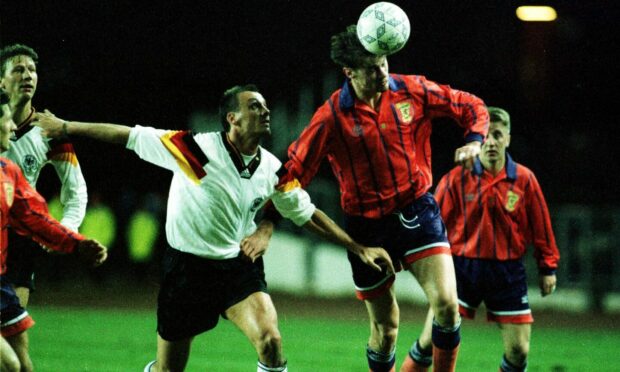
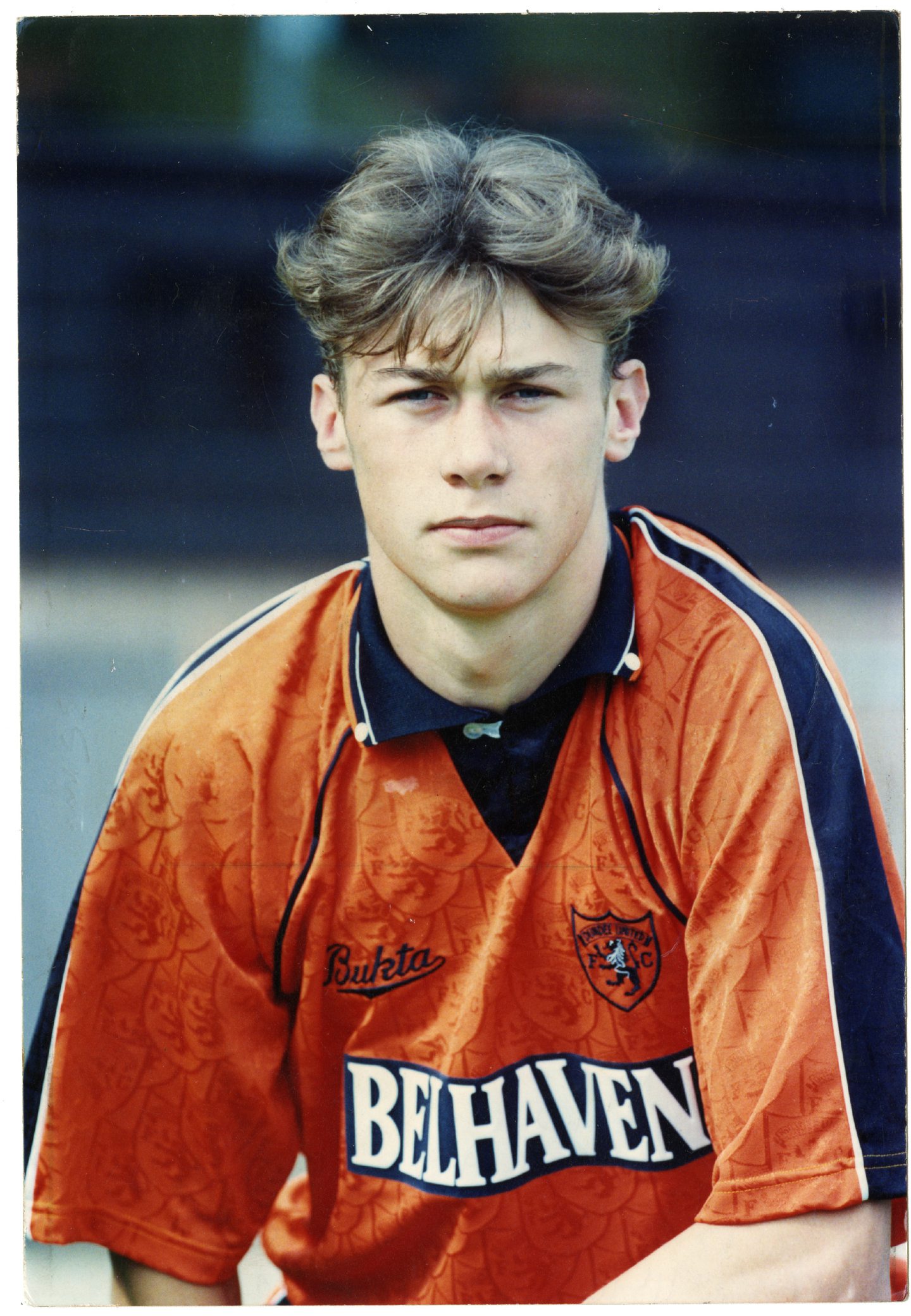
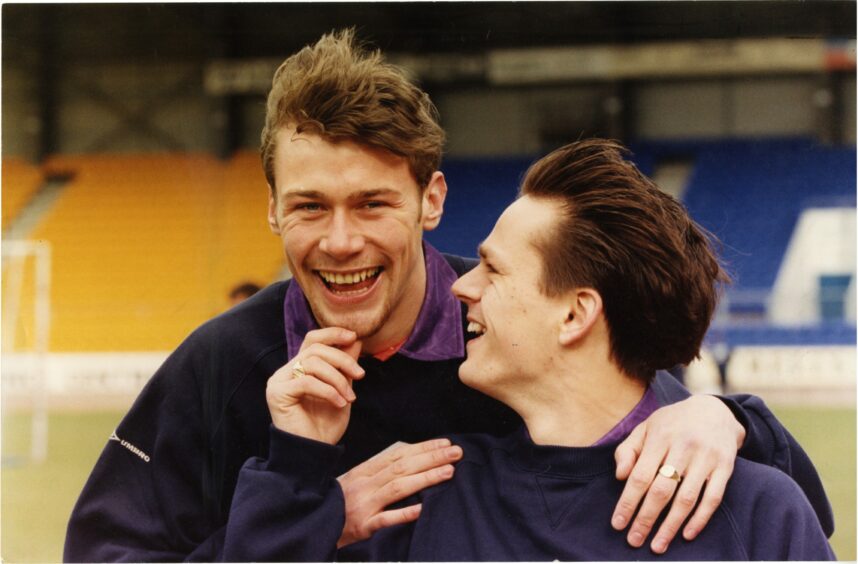
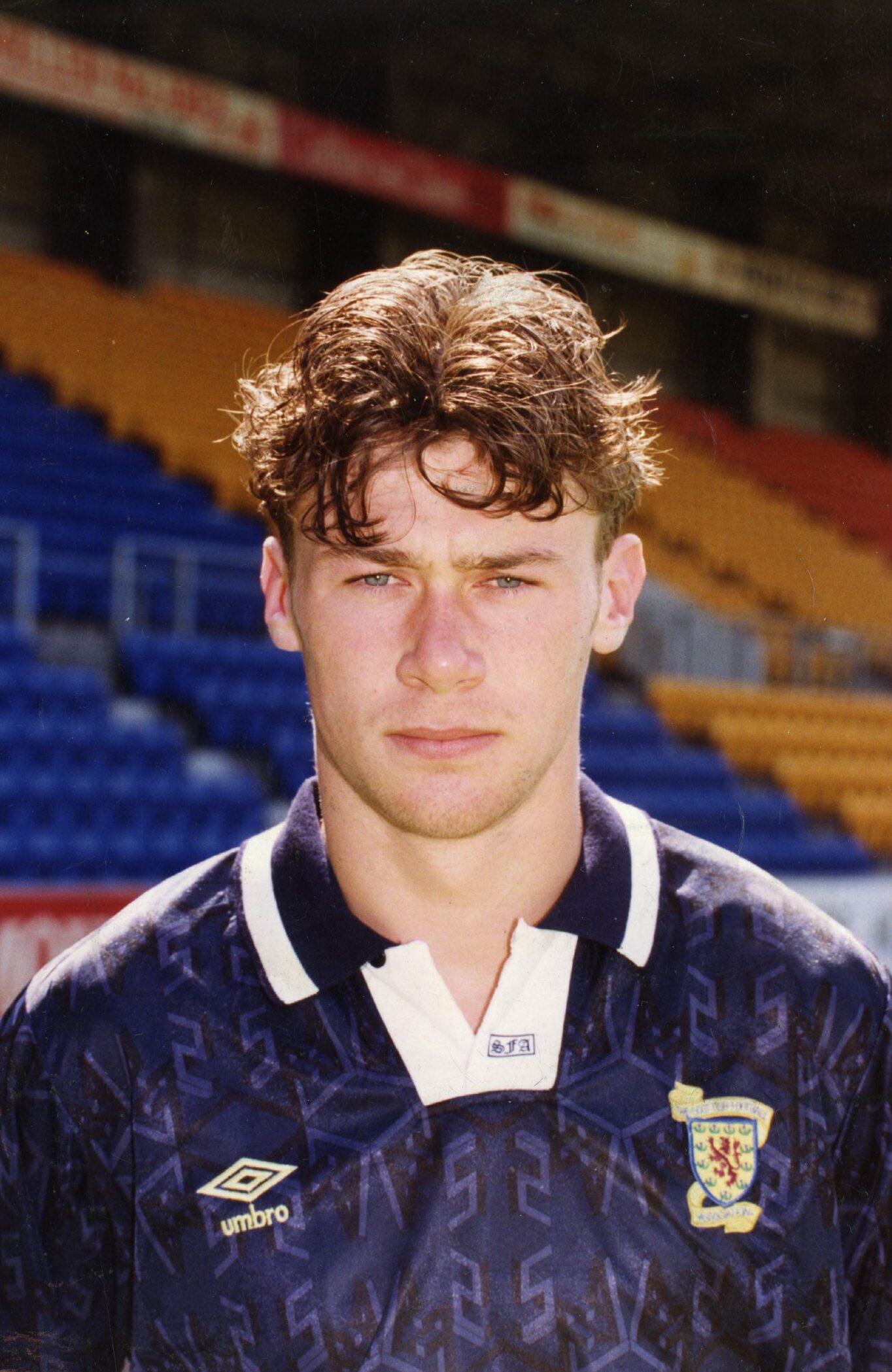
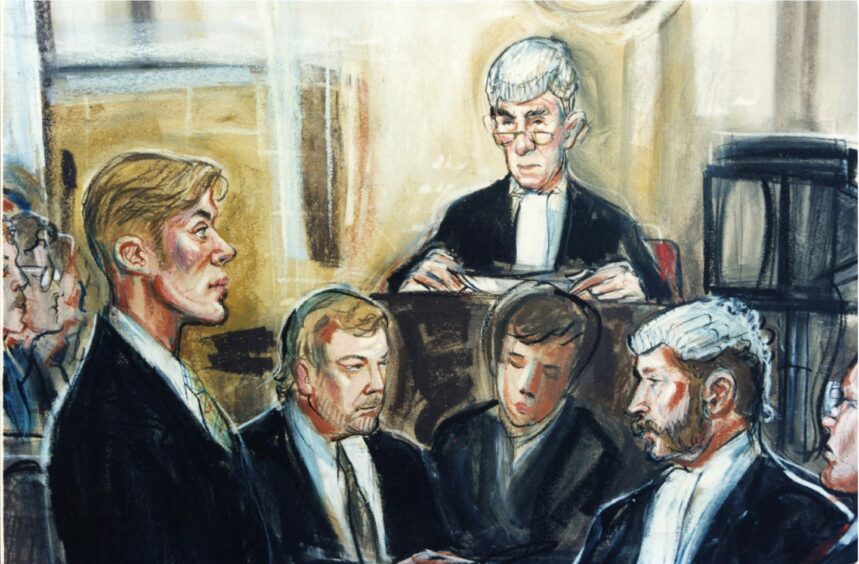
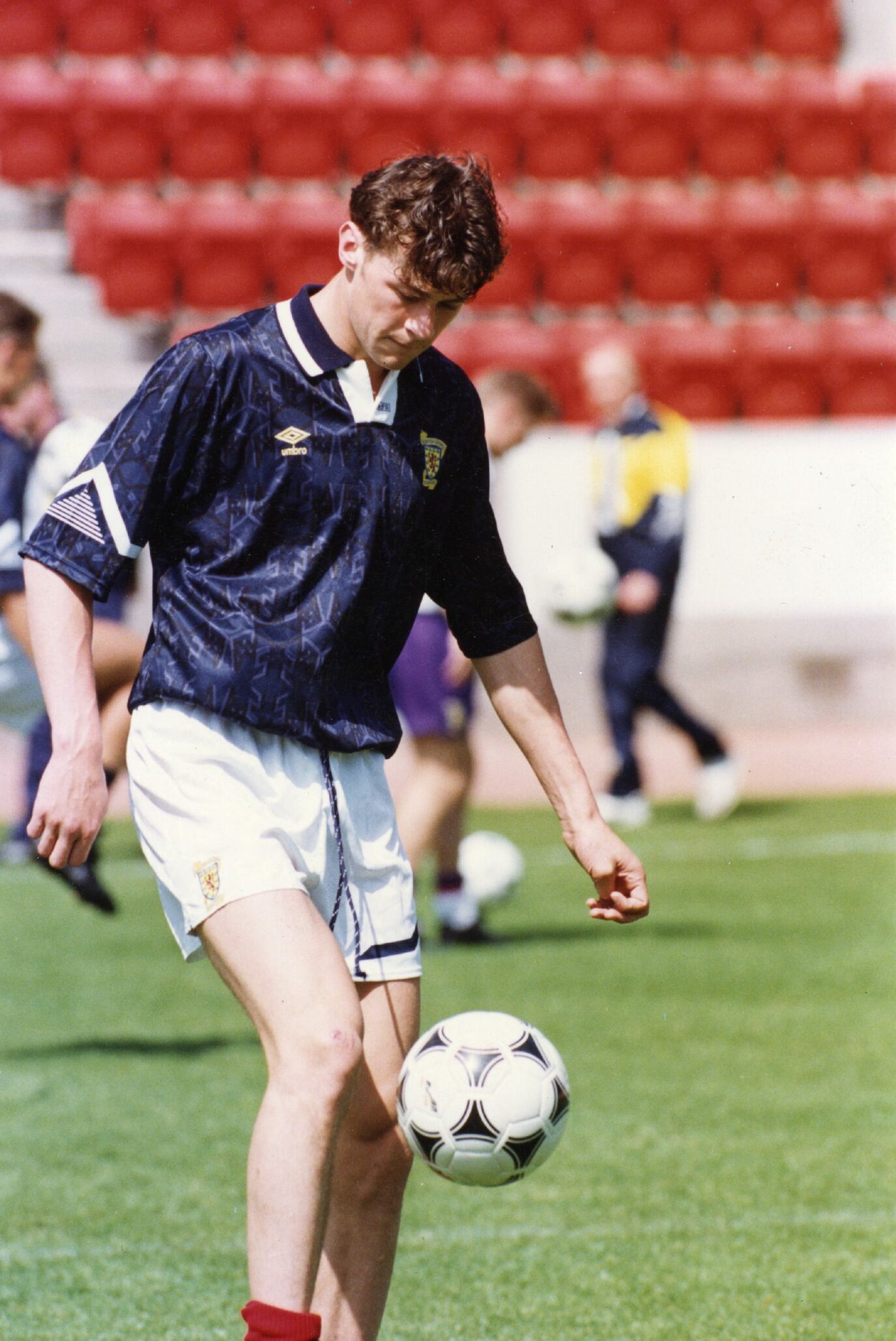

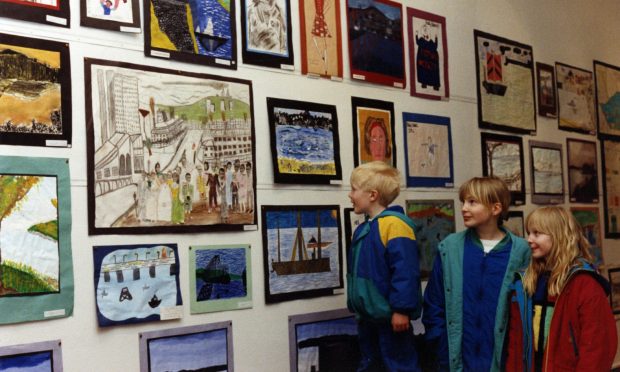
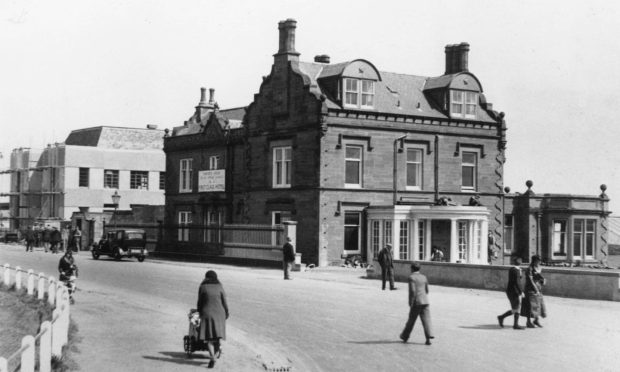
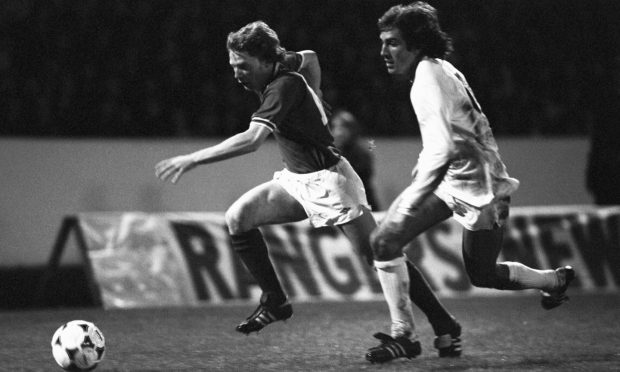

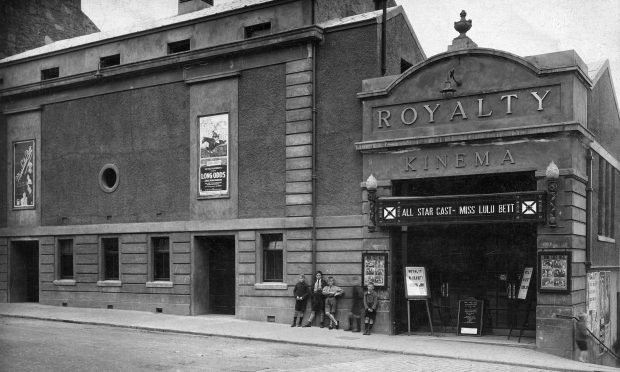
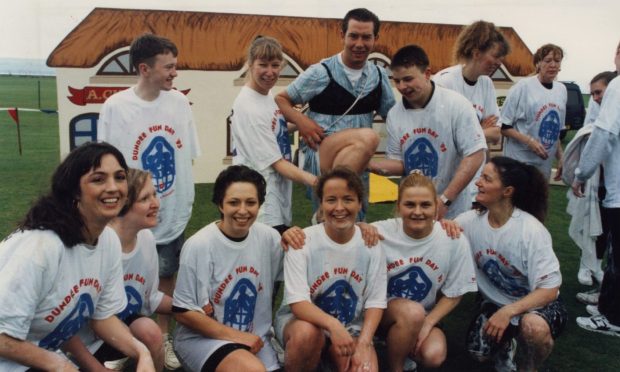
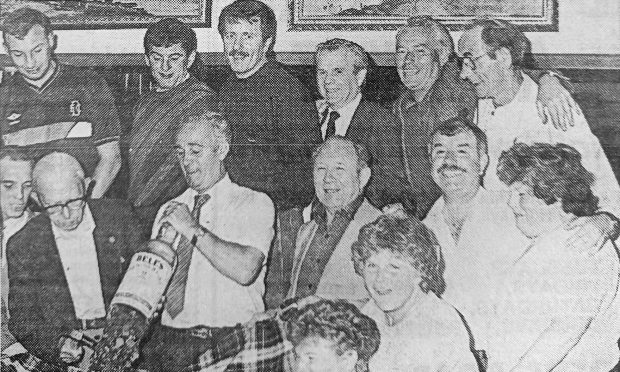
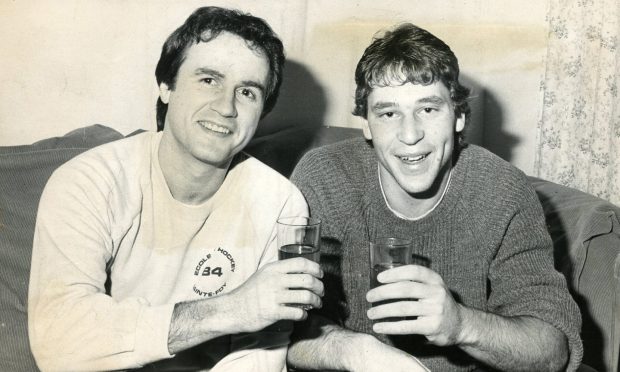

Conversation